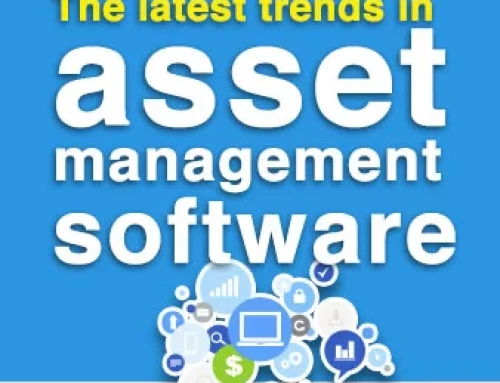5 Roles of Role Based Access Control
The Security Guard
The demand of improved security governance and a reduced risk of compliance deficiencies in the businesses have led to the use of Role Based Access Control (RBAC). Data-protection and security is one of the critical business functions, as it deals with the key business processes that affect the organization’s working and competitive position. The implementation of RBAC to manage users in the networked organization for privileges and access permissions within a single system or application has proven its benefits to protect all the sensitive data.

What is the basic purpose of RBAC?
It is a low-maintenance system that simplifies the routine administration with automation and controls access among the users to ensure data security. The core idea of RBAC is to give the access privileges to “roles” rather than to “individual users”. The users interacting with the system get their corresponding access right as per their roles, i.e. role based access. RBAC addresses most of the data protection needs of the commercial and government sectors.
Having right people access the right data meant for them is the most critical part of data security. To satisfy this need of data authorization, iTouchVision provides the organization with Role-Based Access Control facility or Role Engineering for a well-defined user management.
Following are the 5 listed roles of RBAC that frees company from
data security issues:
Assign Privileges as per Roles:
A role is a means by which privileges & permissions are given to the portal according to the user’s job function or title within the organization. This permission is the approval of a particular mode of access to one or more objects in the system with authentication. RBAC manages which permissions are assigned to all the roles, which roles are assigned to the individual users, and based on which conditions the authentication is governed. Since the roles here map to the line of business and employee structure of an enterprise naturally, a better, streamlined and understandable security policy definition is enforced. With a one-time setup, all the permissions, responsibilities, and roles are assigned to the users.
Create Role Hierarchies:
Role based access control with iTouchVision provides support for Role Hierarchies, a type of parent-child relationship. This implies that all parent role permissions are inherited by the child role, helping in specialization. This promotes re-usability and creates a structural perfection for access control. Roles within role inheritance hierarchies are allowed to have multiple subordinate roles and superior roles, which greatly simplifies user access control and administration. This also reflects the organization’s line of authority, relationship and responsibility of employees.

Reduce Complexity:
The roles given to the users are as per their position semantics in an organization; RBAC provides a powerful mechanism for reducing the complexity in error of assigning users permissions and access controls. It increases the superior administrative capabilities by saving time and resources. For any type of updates, modifying the role content automatically updates the role assignment instead of re-assigning privileges to a large population of users. To reduce the complexity, the administration distribution is handled by the delegated administrators using a centralized method for managing large groups of users. Our portal’s each e-Form is provided with “Public, Registered & Admin” to do the needful bifurcation. For any mass updates of user permissions, only a change in the permissions of role inheritance hierarchy defined for a given role will reflect the same to the users assigned to that role the new set of permissions automatically.
Increase in Security:
As the number of people involved in the transaction circle increases, security, and access control becomes one of the biggest concerns. RBAC facilitates flexibility in security management by the centralized delegation of administration. It starts with populating the employee roles into the database, following the insertion of role-based rules. The role-based privileges can be entered and updated quickly across multiple systems, platforms, applications and geographic locations with this workflow. By monitoring the users’ access as per their roles and the attributes attached to those roles, a companywide control process and the desired level of security is achieved. RBAC includes three well-known security principles: least privilege, separation of duties, and data abstraction.

Minimize the Costs:
Managing limited numbers of roles is simpler than managing hundreds to millions of individual users, which ultimately helps in saving costs. With RBAC requiring minimal maintenance, there is no extra expense to manage user roles. RBAC also helps to achieve collaboration across organizational boundaries with no extra cost based efforts. The level of automation in RBAC helps to have significant savings in cost and time. There are no long hours spent by the IT department of the enterprise to manage access and control the users.





